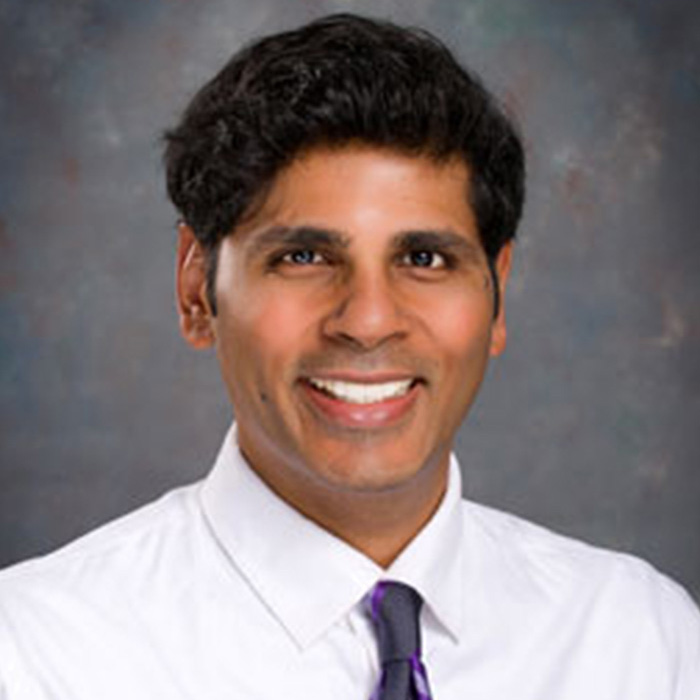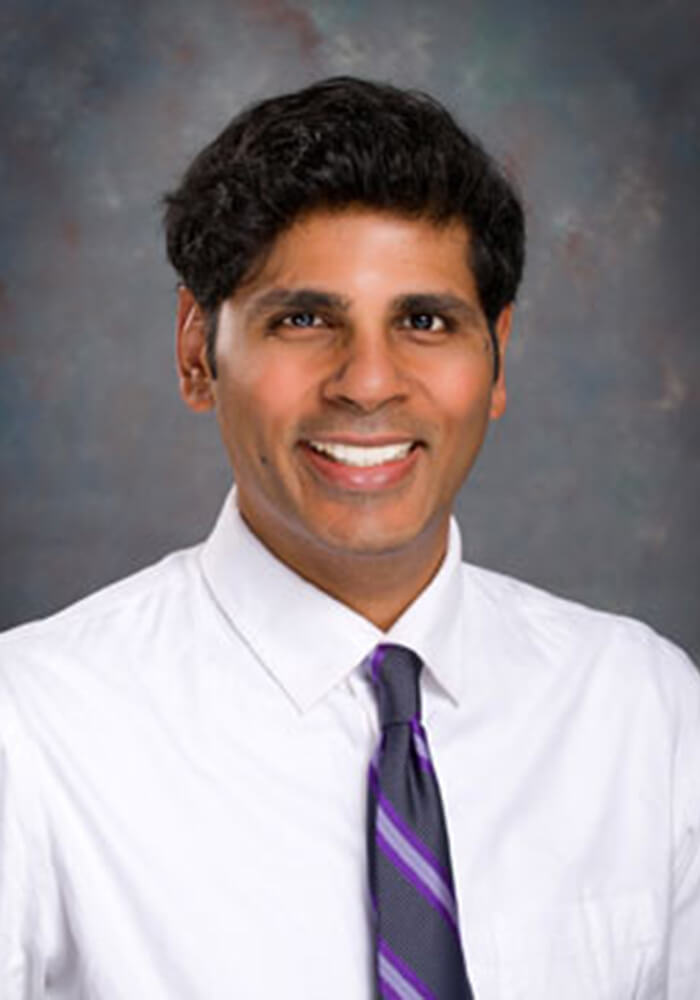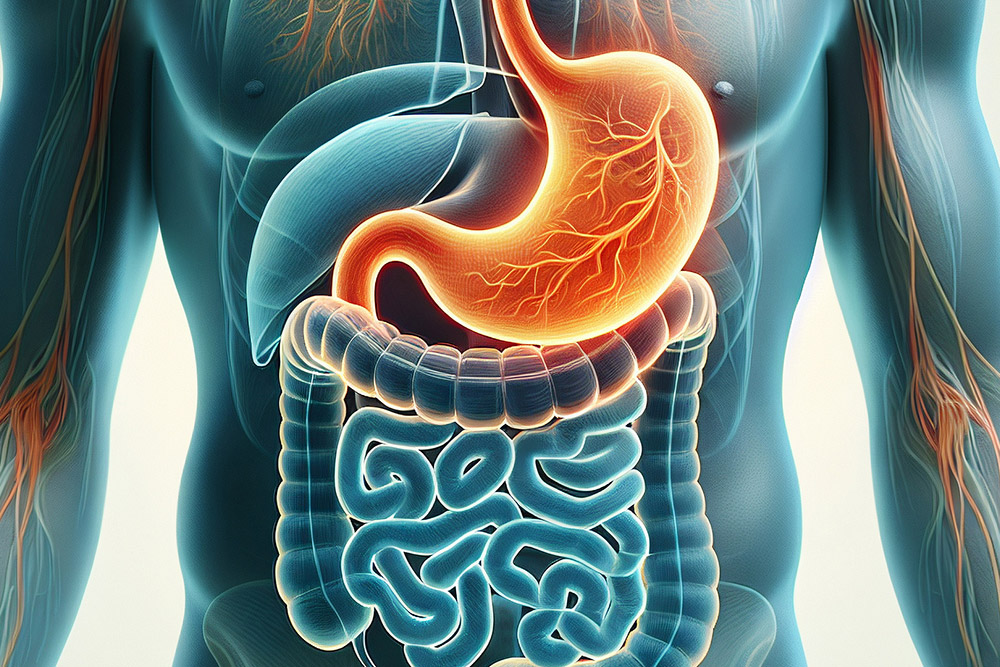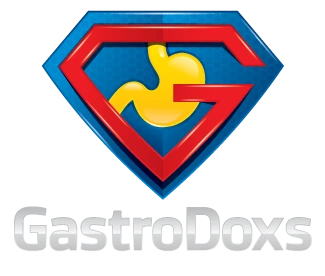Expert Treatment for Primary Biliary Cirrhosis by Dr. Bharat Pothuri
Dr. Pothuri uses a step-by-step approach:
Medical History and Exam
He reviews your health history, asking specifically about fatigue, itching, epigastric or upper-abdominal discomfort, past illnesses, alcohol use and any family history of autoimmune liver disease.
Blood Tests
We obtain liver enzyme panels (alkaline phosphatase, GGT, AST/ALT) and check for antimitochondrial antibodies (AMA) and other markers to confirm PBC and exclude alternate causes of liver injury.
Imaging Studies
- Abdominal ultrasound examines liver texture and bile duct anatomy, ruling out stones or large-duct obstruction.
- MRCP (magnetic resonance cholangiopancreatography) provides detailed imaging of both intrahepatic and extrahepatic bile ducts.
Advanced Testing (if needed)
In select cases, a liver biopsy is performed to directly visualize bile duct injury, assess inflammation and stage the disease.
Frequently Asked Questions
What are the early signs of primary biliary cholangitis?
Fatigue and itchy skin are often the first signs. Routine blood tests may show elevated liver enzymes before noticeable symptoms appear.
What is the difference between PBC and PSC?
PBC affects the small bile ducts and primarily occurs in women, involving antimitochondrial antibodies. PSC affects both small and large bile ducts and is often associated with inflammatory bowel disease.
Can diet cure primary biliary cholangitis?
No. While a balanced diet supports liver health, it cannot reverse PBC. Medication such as ursodeoxycholic acid is still required to slow disease progression.
How often should I return for checkups?
Most patients are seen every three to six months, depending on symptoms, blood-test results, and disease stage.
Is a liver transplant the only cure for PBC?
A liver transplant is the only definitive cure, but it's reserved for advanced stages when other treatments are no longer effective.












